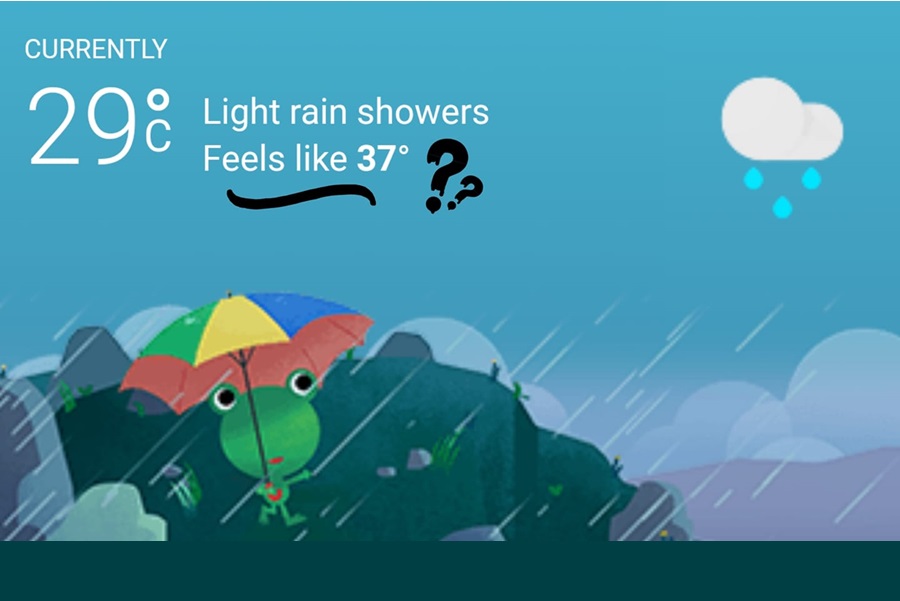
Published :
Updated :

The nation is gripped by an intense heatwave as temperatures soar to extreme highs. The mercury has risen to 42 degrees Celsius in some areas. Even in the capital, the highest temperature has reached 40 degrees Celsius. The severity of the heatwave has led to widespread discomfort, with life becoming increasingly challenging for many.
Under such circumstances, people are curious about how much the temperature has increased or decreased. Many check their mobile phones frequently to monitor the temperature. Even as this article is being written on the evening of the 27th of April, a search on Google shows the temperature as 32 degrees Celsius. Still, it is widely reported that it feels like 42 degrees Celsius.
What exactly is 'feels like' or 'apparent' temperature? During this hot weather, the 'feels like' temperature often exceeds the actual temperature in specific areas. While Google may display the temperature of Dhaka as 38 degrees Celsius, the 'feels like' temperature could be much higher, like 42 degrees Celsius or even more, indicating a difference of some degrees.
The 'feels like' temperature of 42 degrees Celsius indicates how hot it feels to people, regardless of the measured temperature. According to the UK's Met Office, the 'feels like' temperature is calculated based on the expected temperature of an area, considering factors like humidity and wind speed.
During hot weather, the 'feels like' temperature tends to be higher, whereas it's the opposite during colder times. Even if the temperature is 15 degrees Celsius, the 'feels like' temperature maybe 10 degrees Celsius, making people perceive it as colder.
How do wind speed and humidity affect the 'feels like' temperature? According to meteorologists, higher humidity levels can increase warmth perception. However, this warmth takes longer to dissipate when mixed with vapour, resulting in discomfort and potentially higher levels of distress.
Even if the actual temperature isn't high, if there's a strong breeze, meaning higher wind speeds, the 'feels like' temperature may decrease. This dynamic interaction of weather factors significantly influences people's experience of heat.
There are no signs of relief from the heatwave, and the Meteorological Office has not forecast any respite. While there may be some scattered showers in certain areas, they are unlikely to reduce the intensity of the heat. Moreover, fears linger that relief from the heatwave may not come until May.
With temperatures rising, so does the concern. Many fear that this year's heatwave could surpass those of previous years. Bangladesh and India are experiencing heatwaves, while Arab countries like the UAE and Saudi Arabia face severe droughts. The extent of the rainfall in these countries has resulted in catastrophic flooding, exacerbating the situation.


 For all latest news, follow The Financial Express Google News channel.
For all latest news, follow The Financial Express Google News channel.